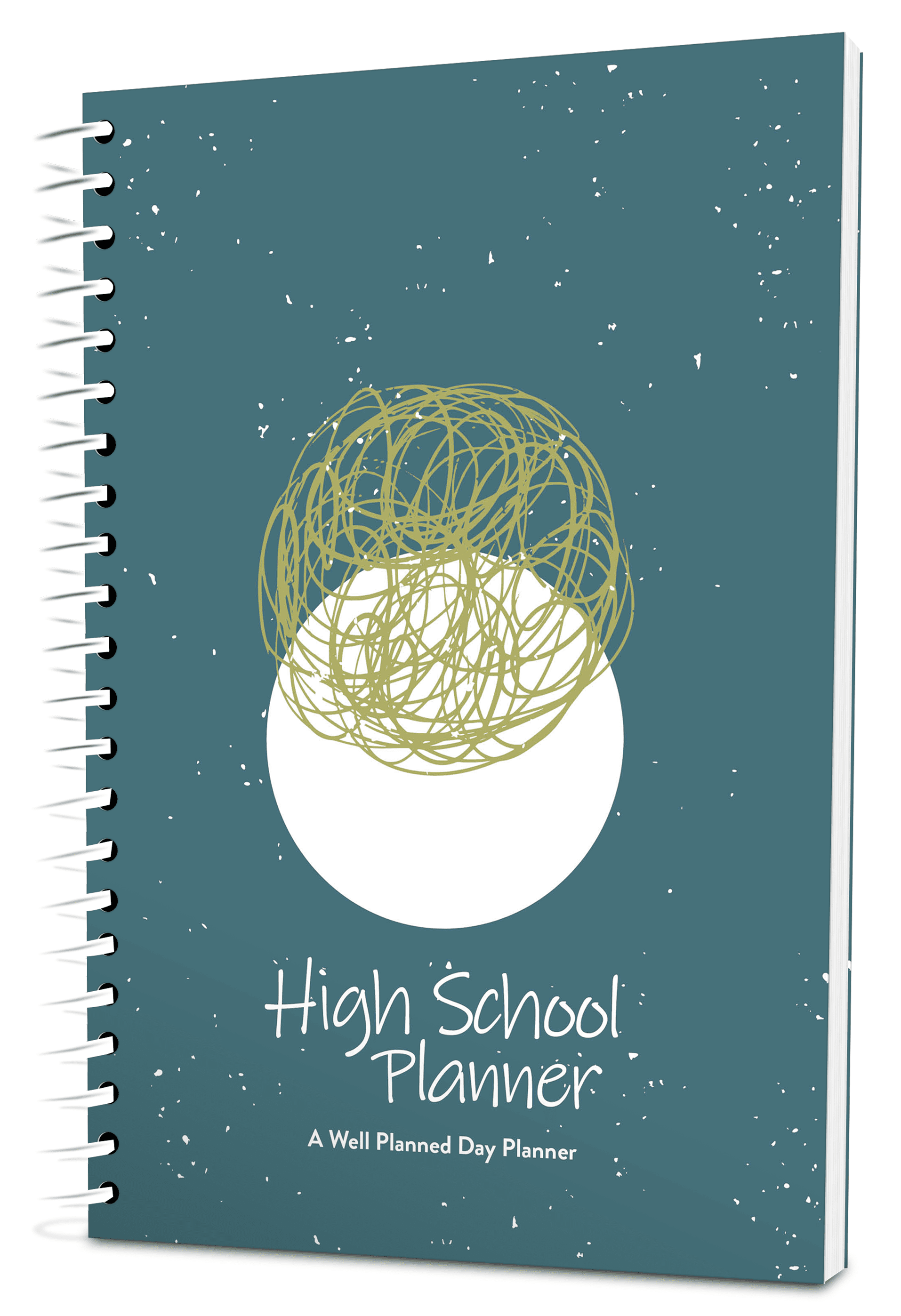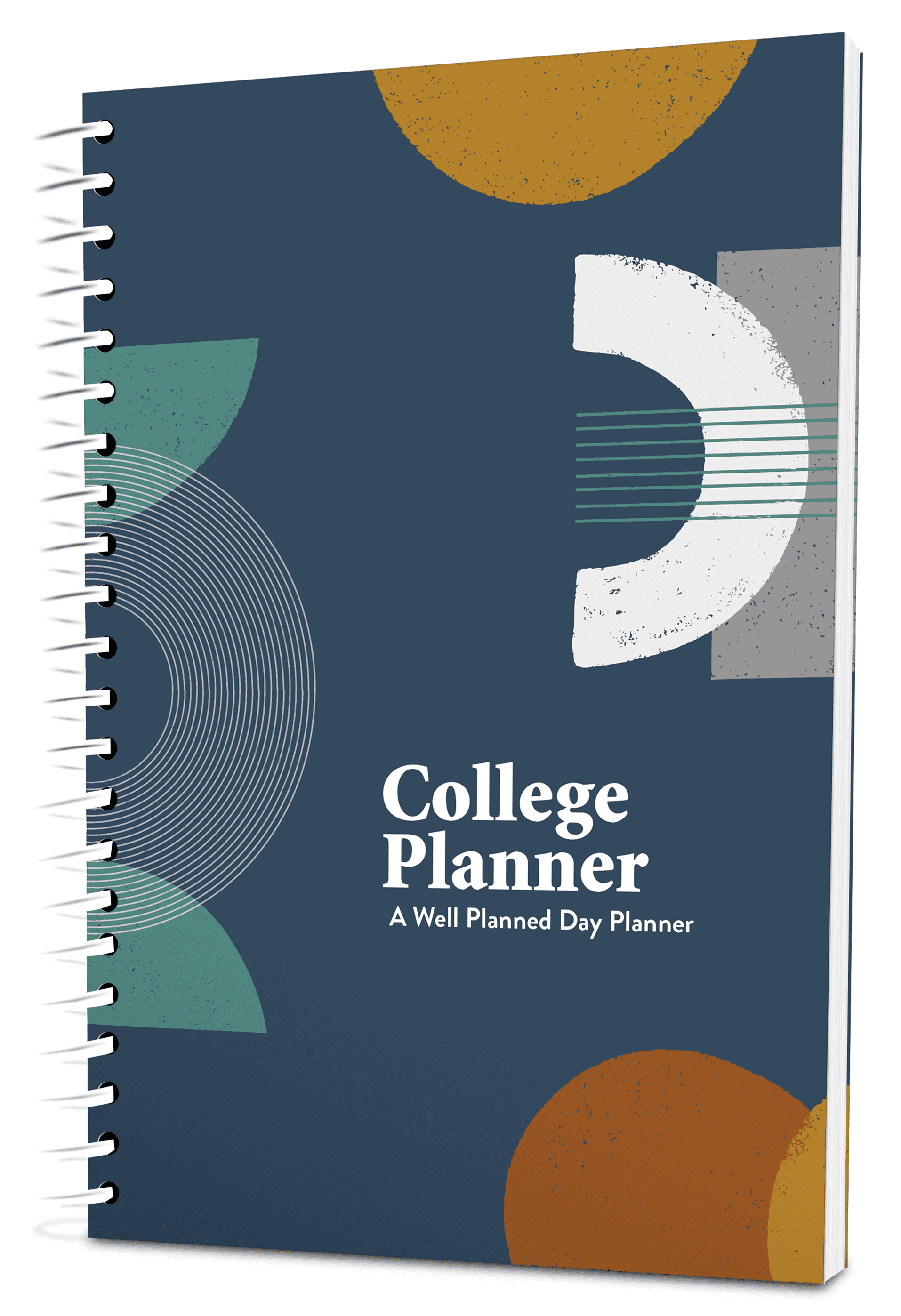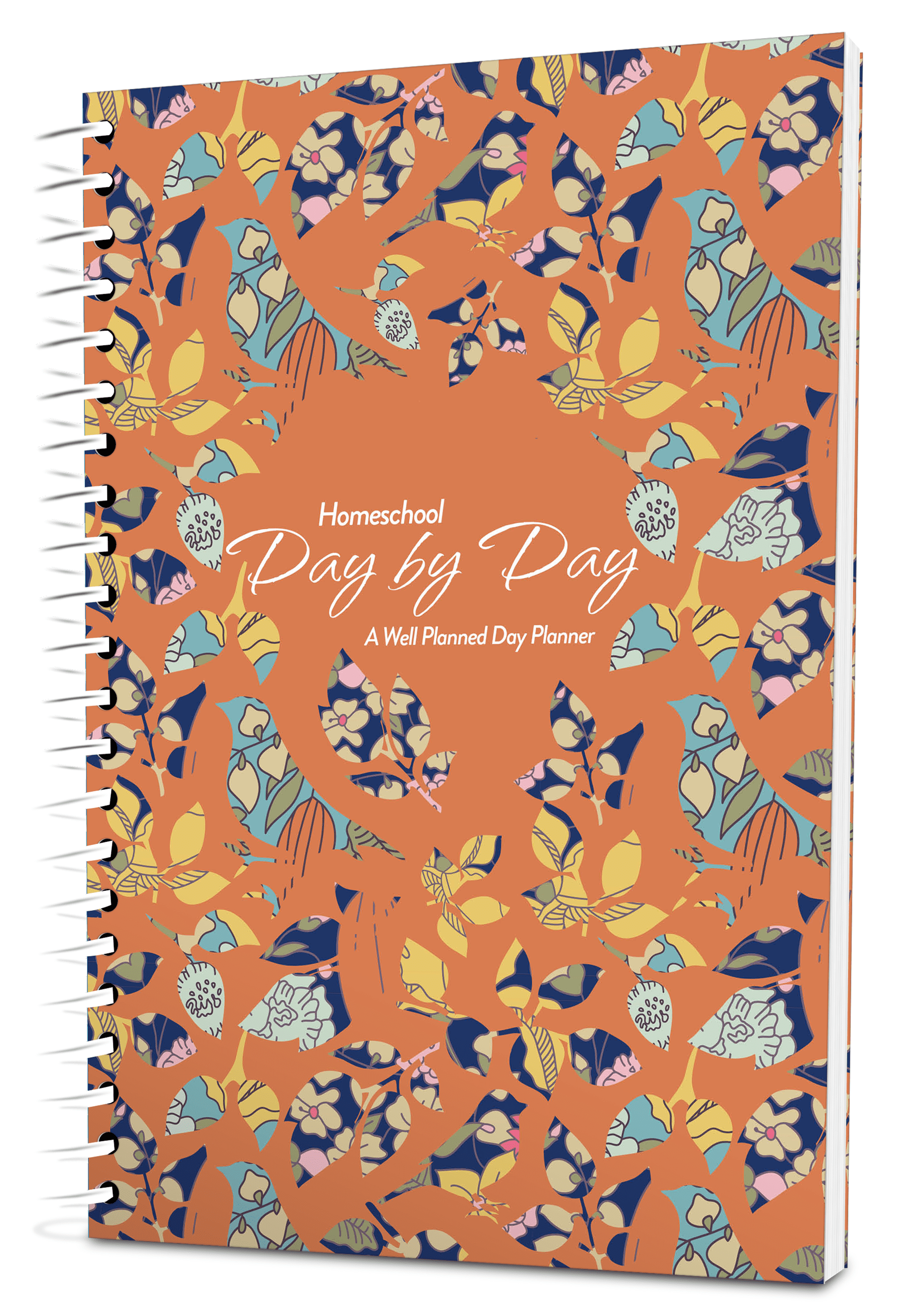We have all heard how important it is to include music in our homeschool curriculum. But, that knowledge means nothing if we have no idea how to implement it practically.
Music curriculum options are, sadly, limited. And those that are available can consume a large chunk of the homeschool budget, especially for those of us who believe that a solid family library is an important part of our children’s education.
Fine Arts for the Rest of Us
But what if music feels like a foreign language – if not an entire foreign culture? What if you can’t tell a violin from a cello and have no idea how the music of Beethoven and Chopin are different or similar (wait, who’s Chopin again?). How can you possibly put together a solid music curriculum for your children – much less do so without breaking the bank?
The first reality to recognize is that many fine arts programs are assembled by people who really do love the arts and have a natural inclination in that direction. So, when they talk about the importance of a music (or art) education, they will talk about the breadth and depth of options available. Even parents who do know the lingo and are somewhat competent and conversant in the arts are bound to feel overwhelmed by the depths to which we are encouraged to take our children.
But it doesn’t have to be that way. As in any pursuit of learning, it is better to have a basic exposure than to avoid it completely simply because you cannot, for whatever reason, dive deeply into the fullness of a fine arts education.
Music Curriculum Goals
There are two primary goals when it comes to creating a basic music curriculum: appreciation and overview.
Develop an Appreciation
Music appreciation can come in many forms. The easiest way to accomplish this is to simply listen to music. Lots of music.
Remember the background music than ran through the Bugs Bunny cartoons we grew up with? Much of that music was based on famous classical pieces, including “The Blue Danube” by Johann Strauss, “The Barber of Seville” and “William Tell Overtures” by Gioachino Rossini, and “The Ride of the Valkyries” by Richard Wagner. Who knew that simply watching Bugs Bunny could create such a depth of music appreciation?
Instrumentalists like The Piano Guys, Lindsey Sterling, and Jarrod Radnich have revived the popularity of classical music by creating contemporary mash-ups, incorporating a rock flair, and creating engaging music videos.
Whether your listening includes Saturday morning Looney Tunes, a Piano Guys playlist, or more traditional classical exposure, be intentional about helping your children name the tunes they hear. Then see how many places you hear famous classical tunes incorporated into everyday life.
Get An Overview
Few of us will become experts in the fullness of music. But, there are inexpensive and fun ways to explore music from an overview standpoint.
A great place to start is with a book like The Story of the Orchestra. This fun and delightful hardcover picture book walks through each musical period, offers a brief introduction to composers from each period, and then provides an introduction to the various instruments included in an orchestra. An accompanying CD provides samples from each of the periods and composers listed, allowing the beginning of ear training and appreciation.
Head to the Library
An overview can spur an interest in a specific period or musical style. This is where the library is your greatest resource. Find biographies on specific composers or musicians. Borrow CDs to enhance the music appreciation journey. You can even sign up for free or low-cost classes that help enhance learning.
Is There More?
Many of us have memories of those dreaded, forced piano lessons. But, try not to let bad memories keep you from encouraging musical development in your children. Also, don’t be discouraged by the reality that many extracurricular activities are aimed toward producing experts and prodigies.
Encourage your child to be competent, not perfect. Learn how to read music together by finding a basic, inexpensive music theory book or by learning from a friend who plays the piano. If your church allows it, encourage your tweens and teenagers to join the choir. Even if you can’t afford formal instrumental training, purchase an inexpensive electronic keyboard and find online or app-based lessons to help establish a familiarity with the keyboard.
Through it all, remember that your goal is not a perfect ear that automatically and immediately recognizes whether a piece was composed by Bach or Mozart. Instead, it is an introduction to the world of music, a whetting of the appetite to see if more in-depth study is something to be pursued in high school or college, and an exposure to a language that unlocks the brain in unique ways.
You and your children may never plumb the depths of music training. But, by putting a little effort into music appreciation and pursuing an overview of the history and components of music, you can build a solid music curriculum that enhances your children’s learning in beautiful – and very adequate – ways.













